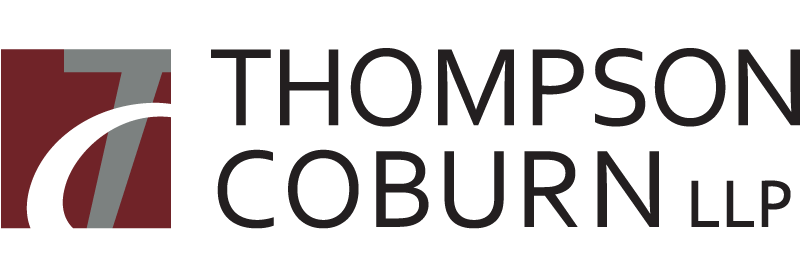Home > Insights > Publications > 2021 is the last year for retirement plan unlimited ‘Quasi-Rollover’ to charity
The COVID Relief Act (the “Act”) passed by Congress and signed by the President on December 27 extended the unlimited charitable contribution for cash gifts to most public charities through the end of 2021. This creates an important once-in-a-lifetime opportunity to move substantial amounts from retirement plans to charity beyond the $100,000 qualified charitable rollover already allowed to IRA owners without adverse income tax consequences.
Suspension and relaxation of percentage limitations for cash gifts
Section 2205 of the Act extended through the end of 2021 the CARES Act’s elimination of the Internal Revenue Code (“Code”) section 170 percentage limitations on most cash gifts to public charities. Under the law in effect prior to this change, contributions of cash to a public charity were limited to 60% of a taxpayer’s adjusted gross income. (Because of a drafting error in the 2018 tax legislation, it appears that the 60% percentage limitation is only allowable to taxpayers making no noncash contributions in the same year. It was expected this would be fixed in technical corrections but that has not yet happened. As drafted, this is not an issue with the 100% cash deduction limit.) The suspension of percentage limitations for cash contributions to public charities does not apply to gifts to supporting organizations or donor advised funds. If a contribution exceeds a donor’s adjusted gross income, the excess can be carried over to subsequent years, but subject to the percentage limitations in the carryover years.
Planning strategies with suspension of percentage limitations for cash gifts by individuals
Internal Revenue Code section 408(d)(8) allows an IRA beneficiary who has reached age 70½ to have as much as $100,000 go directly from the IRA to a public charity. The distribution does not go into the IRA beneficiary’s income (and is not deductible) but may enable the donor to use the standard deduction and still have the benefit of removal of the required distribution from income. But many donors would like to be able to use the IRA to get more than $100,000 to charity and for the rest of 2021 that will be possible—not as a section 408 rollover but because of a provision in the CARES Act which was extended through the end of 2021 by the Covid Act.
As noted, CARES Act section 2205, extended through 2021 by the COVID Relief Act, eliminates the Code section 170 percentage limitations on most cash gifts to public charities. Because of the unlimited charitable deduction allowed for cash gifts to most public charities this year, a taxpayer who has reached age 59½ can in effect make a tax free “quasi-rollover” of any amount to charity in 2021 by making a taxable withdrawal from an IRA or other retirement plan that will be included in income, giving the cash to a public charity, and offsetting the income completely by the unlimited charitable deduction, regardless of amount. This may present real opportunities for charities and donors. For all years other than 2020 and 2021, the only way to transfer a large retirement plan to charity without tax was at death by beneficiary designation. But for the rest of 2021 the IRA can sell assets if necessary and distribute the cash proceeds to the IRA holder, who can then give them to charity and deduct them in any amount without regard to percentage limitations. It might have been even simpler if Congress had just suspended the $100,000 limit on IRA charitable rollovers for 2020 and 2021. But there’s more—what the Act permits is even better than that. Only IRAs can do direct charitable rollovers. But the strategy outlined above will apply as well to 401(k) and other retirement plans, always assuming of course that the account holder can withdraw the proceeds without penalty. Donors need to consult their tax advisors and do the math however. The IRA or other plan distribution goes into adjusted gross income which can affect other things on the return, although most taxpayers who can afford to make $100,000+ gifts to charity are probably already subject to the AGI thresholds. But you need to do the math!
Larry Katzenstein is a nationally known authority on estate and charitable planning. He is a member of Thompson Coburn’s private client practice group. Larry is also the creator of Tiger Tables actuarial software used by law and accounting firms nationwide.

